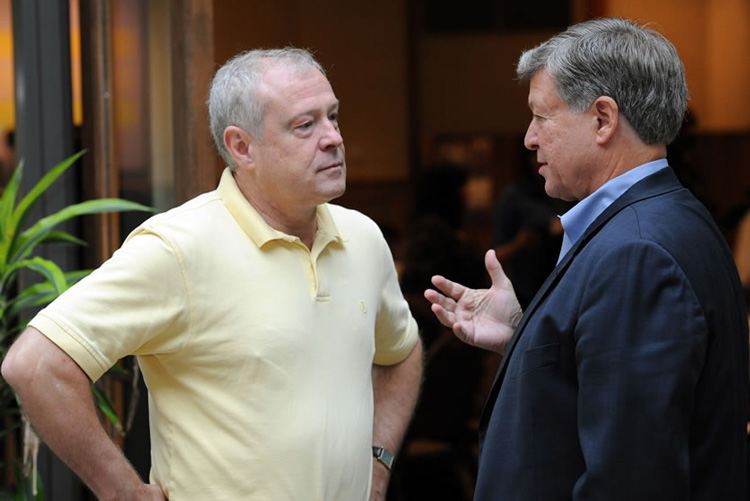
No commitment is made casually. Usually there is a basis for it; there has been some thought put into it beforehand. Think about the commitments you make. It could be a small purchase or a key life decision. Regardless of the scope of the commitment, you have thought about it – there has been a process leading up to it.
The donors on your major gift caseload are no different. It always amazes me when MGOs think they can just jump over any thoughtful process the donor needs, and just “do the ask.” It doesn’t work that way.
That is why the process or system you use has to lead up to the ask in the way I have described in this series – first identifying the donor’s area of interest, then creating desire, then moving into engagement where your contact with the donor leads her to be in an intellectual and emotional place where an ask naturally flows and is welcome.
 Jeff and I have written quite a bit about the technical steps to an ask. And I would encourage you to take a look at two of our free White Papers:
Jeff and I have written quite a bit about the technical steps to an ask. And I would encourage you to take a look at two of our free White Papers:
You might also be interested in these past posts:
Here’s the point I am trying to make here. You can have mastered all the technical steps of asking and dealing with objections. You can be ready to deal with any possible situation the donor may toss at you. You may have designed your introductory remarks and your talking points for maximum effect and success. But unless you have led the donor through the commitment process I have described in this series, you either will not be successful at all or, at best, you’ll secure an “obligatory” gift from the donor – a gift that comes to you without the donor’s heart and full commitment.
And for your long-term relationship you want to have with that donor, this is not good. A wealthy industrialist once asked Gandhi, “Do you need me, or my money?” Gandhi replied, “I need only you!” And that is exactly how you need to think about your donor – you need only them. And when you structure the conversation and relationship that way – from awareness to interest to desire, engagement and commitment – you will have the donor with you. And the money will follow.
Richard
Series details:
- Introduction to series: Five Relationship Steps to Get Meetings
- Step 1: Creating Awareness
- Step 2: Identify Interest
- Step 3: Creating Desire
- Step 4: Cause Engagement
- Step 5: Get Commitment (this post)







0 Comments